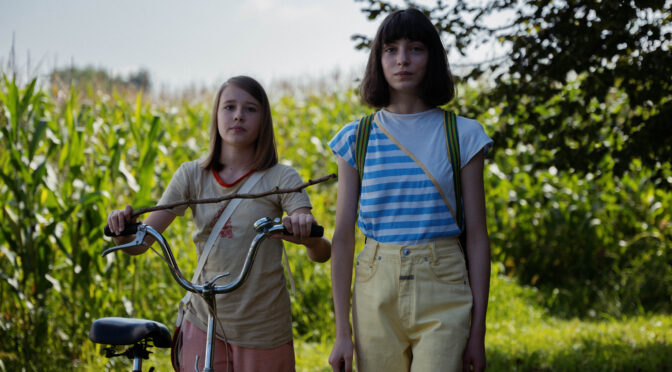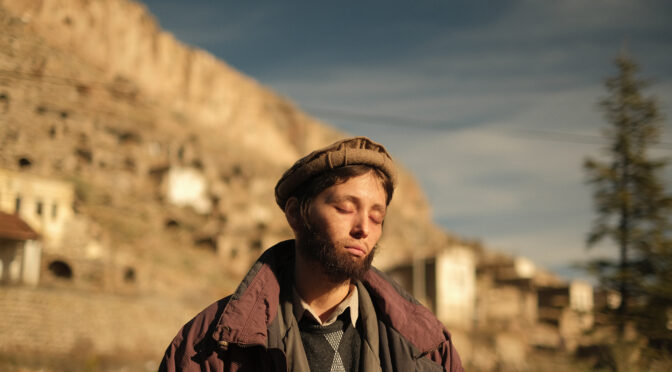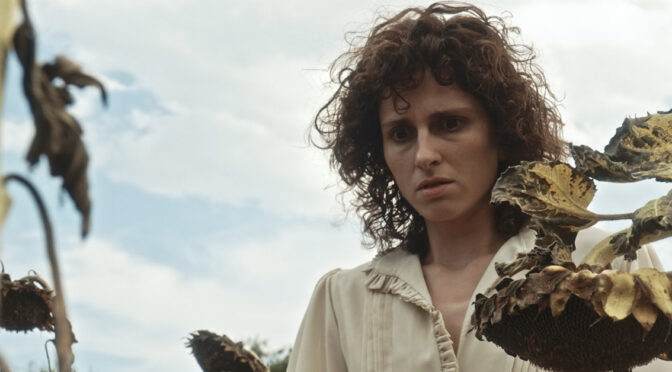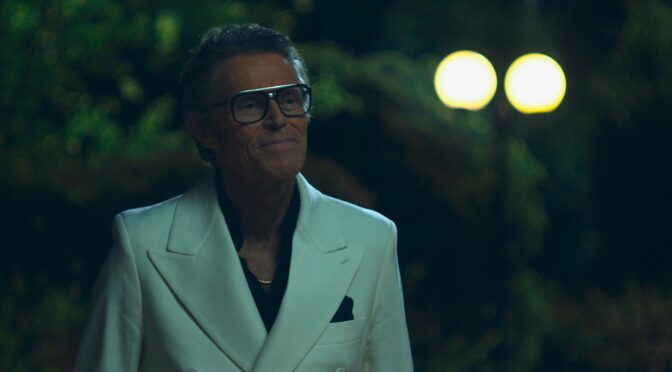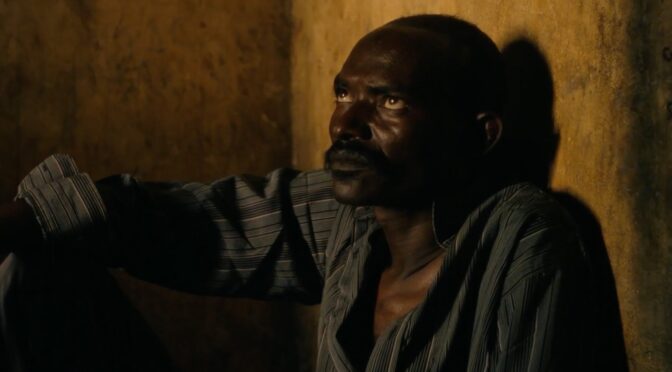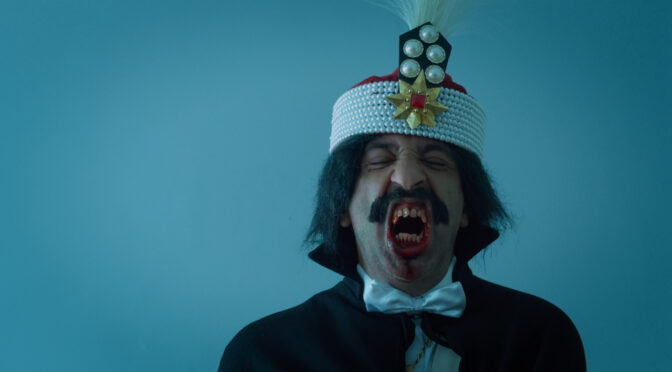Article by Marilina Rita Monzo
Translation by Francesca Corino
Everything starts with a deed both creepy and moving: Eva kidnaps children, she is convinced that she must save them from a threat, visible only to her. The topic of child protection, already touched upon by the director Emanuela Rossi in Buio (2019), assumes in this film a key role. Eva’s impulse does not come from violence but follows a primordial instinct. Her mission seems to stem from a grief that can be read in her actions, a grief born from a traumatic event that changed her: it is a deep crack that swallowed her, like a wound that cannot be healed.
Continua la lettura di “EVA” BY EMANUELA ROSSI (ENG) →


